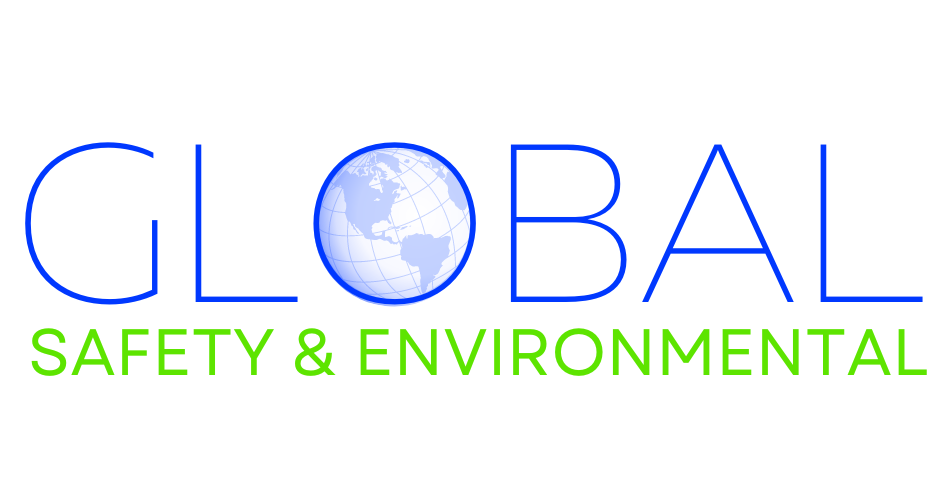Other Emergency Procedures (Medical Emergencies, Natural Disasters)
Being prepared for various types of emergencies is crucial in ensuring the safety and well-being of yourself and others in your work environment. This lesson will delve into essential procedures for responding effectively to two critical emergency situations: medical emergencies and natural disasters.
Responding to Medical Emergencies:
A medical emergency can occur unexpectedly, and knowing how to react promptly and decisively can make a significant difference in the outcome. The first step is to stay calm and assess the situation. Is the person conscious and breathing? Are they experiencing any visible injuries or bleeding? Once you have a basic understanding of the situation, call for help immediately. Dial your local emergency number, typically 911, and provide the dispatcher with clear and concise information about the emergency, including the location, nature of the problem, and any relevant details about the individual in need.
While waiting for professional help to arrive, you can take additional steps to assist the individual. If the person is unconscious and not breathing, begin CPR (Cardiopulmonary Resuscitation) if you are trained to do so. CPR involves chest compressions and rescue breaths to artificially maintain blood flow until medical professionals arrive. If you are not trained in CPR, continue to monitor the person’s breathing and pulse and provide comfort while waiting for help.
Responding to Natural Disasters:
Natural disasters like earthquakes, floods, severe weather events, and wildfires can pose significant safety risks. It is crucial to be familiar with the types of natural disasters common in your area and to have a plan in place for how you will respond. This plan should include the following elements:
- Stay informed: Monitor weather reports and emergency warnings regularly, especially during periods of high risk.
- Develop an evacuation plan: Identify potential evacuation routes and designated meeting points for your workplace in case of an emergency.
- Assemble an emergency kit: This kit should contain essential items such as non-perishable food, water, first-aid supplies, a battery-powered radio, flashlight, and personal hygiene items.
- Practice your plan: Regularly conduct drills to ensure everyone in your workplace familiarities with the evacuation procedures and their roles in an emergency.
During a natural disaster, follow the instructions of emergency personnel and evacuate if instructed to do so. If you are unable to evacuate, seek shelter in a designated safe area and stay informed about the situation through reliable sources like local radio or official social media channels. Remember, being prepared and knowing how to respond appropriately to both medical emergencies and natural disasters is essential for protecting yourself and others in your workplace. By following the guidelines outlined above and staying informed, you can contribute to a safe and prepared work environment for everyone.
